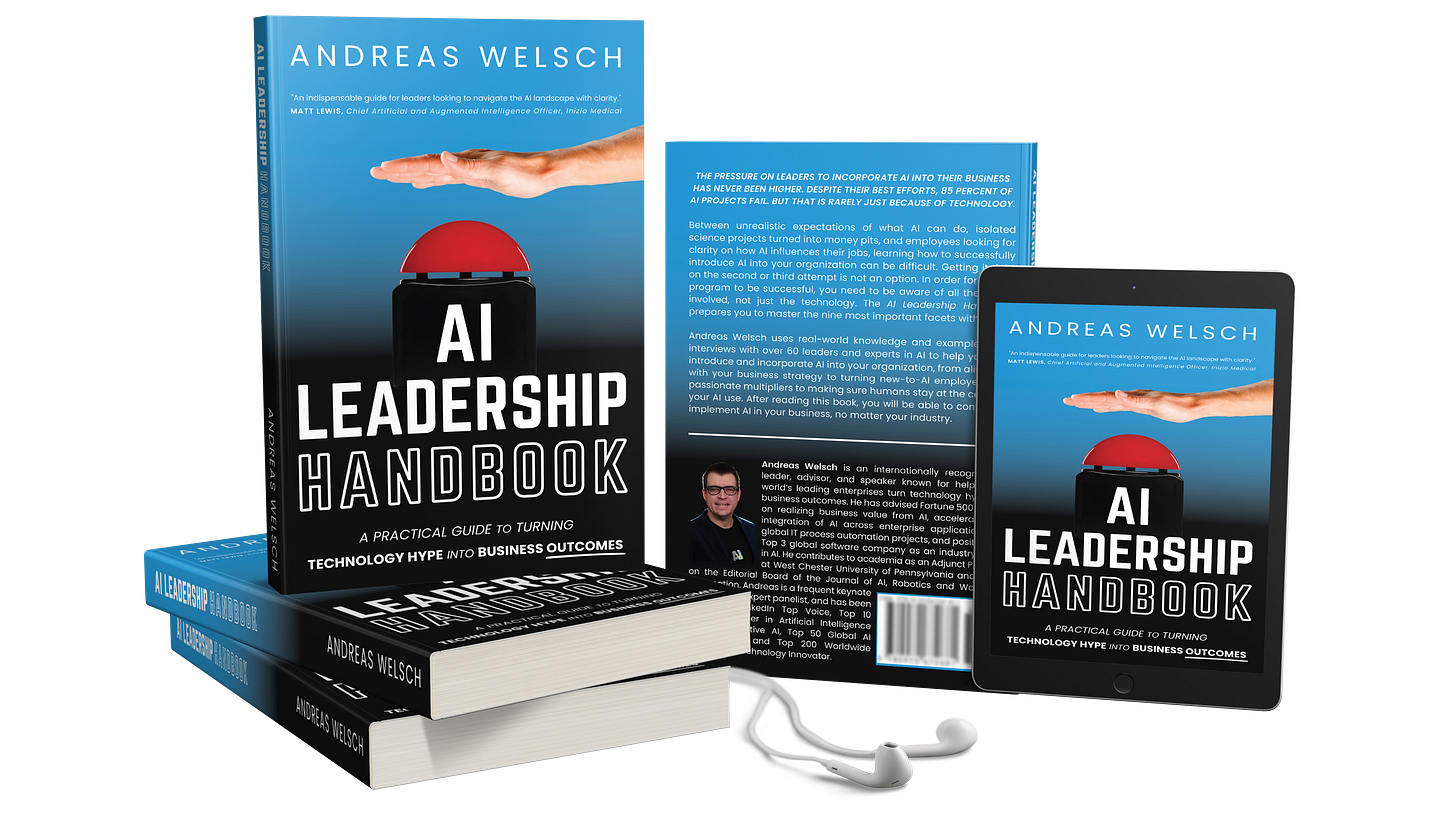The Vibecoding Revolution: Opportunities and Challenges Ahead
Understanding the Risks and Rewards of AI-Driven Software Development for Developers and Investors
Vibecoding is changing the game for aspiring developers and entrepreneurs alike. It allows even those without extensive coding backgrounds to build and prototype applications using AI tools with just a few simple prompts. However, as inviting as vibecoding may seem, non-technical coders must navigate a new mix of risks and responsibilities. Implications for security, code quality, and exit strategies require consideration as novice coders build their first software applications. Matt van Itallie, CEO of Sema, joined me on “What’s the BUZZ?” to discuss this latest internet trend.
Accelerating Prototyping with Vibecoding
One of the most exciting aspects of vibecoding is its potential for rapid prototyping. Traditionally, when product managers and entrepreneurs wanted to test ideas or demonstrate concepts, they had to rely heavily on technical teams, often causing delays in the development process. That dynamic is shifting with the rise of vibecoding. Now, individuals who may not consider themselves programmers can create functioning prototypes at lightning speed. This ability allows them to validate concepts quickly and show stakeholders a working product rather than mere outlines.
Non-developers, equipped with AI-enhanced tools, can refine straightforward ideas into tangible applications at an unprecedented rate. Imagine sharing your vision in an interactive form, allowing for immediate feedback, which can shorten development cycles and help in decision-making processes. But building an application—or any software for that matter—requires more than just stringing commands together.
Without a technical understanding, novice coders might overlook essential elements like security measures, code quality, and maintainability. As you step into the vibecoding scenario, remember that you must balance speed with prudence.
Listen to the Audiobook: AI Leadership Handbook
Andreas Welsch uses real-world knowledge and examples from interviews with over 60 leaders and experts in AI to help you both introduce and incorporate AI into your organization, from aligning it with your business strategy to turning new-to-AI employees into passionate multipliers to making sure humans stay at the center of your AI use. After listening to this audiobook, you will be able to confidently implement AI in your business, no matter your industry.
Understanding the Risks to Software Quality
While generating code quickly can be enticing, the quality of that code deserves careful consideration. Pure vibecoding—where the application is generated solely through natural language prompts without any human modifications—can lead to several risks. Without developers' expertise involved in refining or checking the output, issues related to security vulnerabilities and code quality can surface, which are detrimental in any production environment.
» The first is security risk. A second is code quality and maintainability and accuracy. GenAI code leaves behind or introduces security vulnerabilities. The point is not that one way necessarily is more risky than others, but that they all need a human in the loop. «
— Matt van Itallie
Think of it this way: When you create an app that has not undergone rigorous checks, you might be setting yourself up for future complications. Fragile code often leads to maintenance headaches down the line, making it increasingly difficult to implement updates or extensions. If not appropriately managed, your prototype may become more of a burden than a convenience.
Engaging with qualified software developers, even in the early stages of prototyping, is essential. They can help you identify and correct shortcomings, enhancing the overall quality and longevity of what you’re building.
Ensuring Humans Remain in the Loop
While vibecoding offers incredible opportunities, it is not without its challenges. In software development, human oversight is a necessity. Whether you are generating an app that could one day reach the masses or testing an internal tool, a developer's guidance helps ensure the code meets industry standards.
The stakes are even higher for entrepreneurs looking to sell their apps. Investors want assurance that the software is robust, secure, and valuable. If they determine that your application was generated with minimal human interaction, they might question its viability or even reject the opportunity altogether.
The approach to using AI in the software development process should not focus solely on automation. Instead, put your faith in collaborative efforts. Your best path forward combines the best of both worlds—taking the usability and efficacy of AI and marrying it with the human experience needed to handle complexities.
Summary
Vibecoding opens exciting doors for aspiring developers and product managers, enabling rapid prototyping and ease of application creation. However, it comes with its own set of risks: code quality concerns, potential security issues, and the need for human oversight. By understanding these dimensions, you can maximize the benefits of vibecoding while mitigating its pitfalls.
Equip your team with the knowledge and skills to leverage AI agents effectively. Book a consultation or workshop to develop your AI strategy.
Listen to this episode on the podcast: Apple Podcasts | Other platforms
Explore related articles
Become an AI Leader
Join my bi-weekly live stream and podcast for leaders and hands-on practitioners. Each episode features a different guest who shares their AI journey and actionable insights. Learn from your peers how you can lead artificial intelligence, generative AI, agentic AI, and automation in business with confidence.
Join us live
April 15 - Matt Lewis (Chief Augmented Intelligence Officer of LLMental.ai) will share how the AI leader’s mindset influences successful AI programs.
May 06 - Maxim Ioffe (Director, Global IA CoE at WESCO) will discuss setting AI governance programs between IT and the business.
May 13 - Leah Tharin (B2B Product & Growth Leader) will be on the show to talk about product-led growth of Agentic AI products.
May 28 - Barr Moses (CEO & Co-Founder of Monte Carlo) will provide insights into having reliable data for AI and Agentic AI projects.
Watch the latest episodes or listen to the podcast
Follow me on LinkedIn for daily posts about how you can lead AI in business with confidence. Activate notifications (🔔) and never miss an update.
Together, let’s turn hype into outcome. 👍🏻
—Andreas









